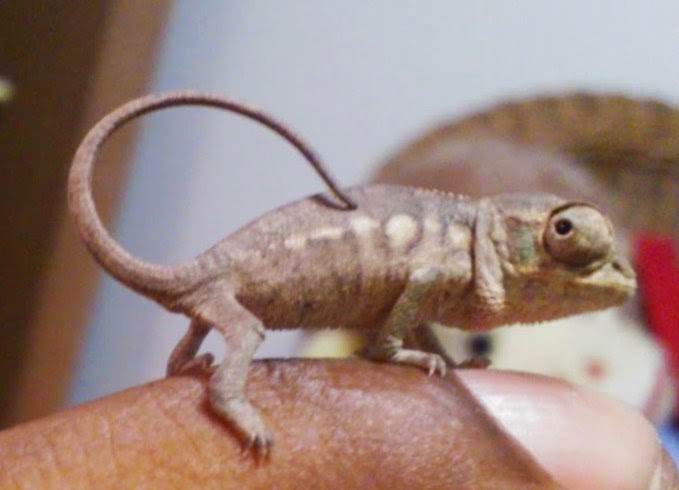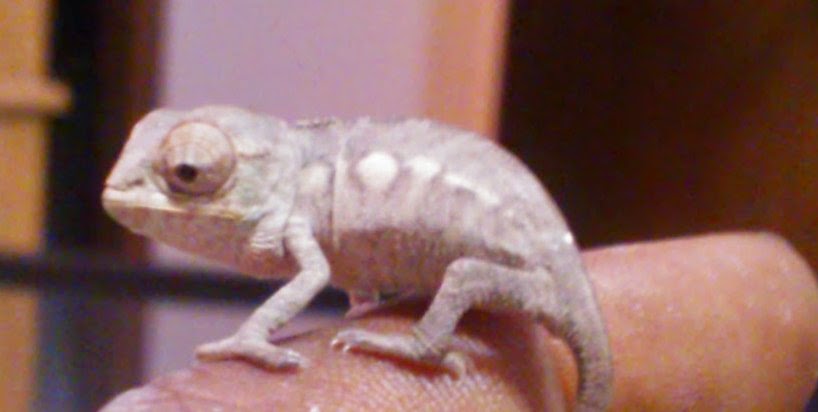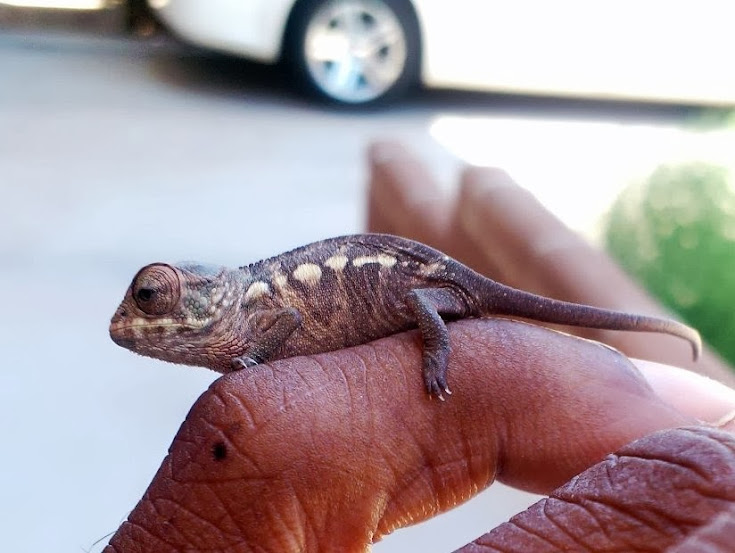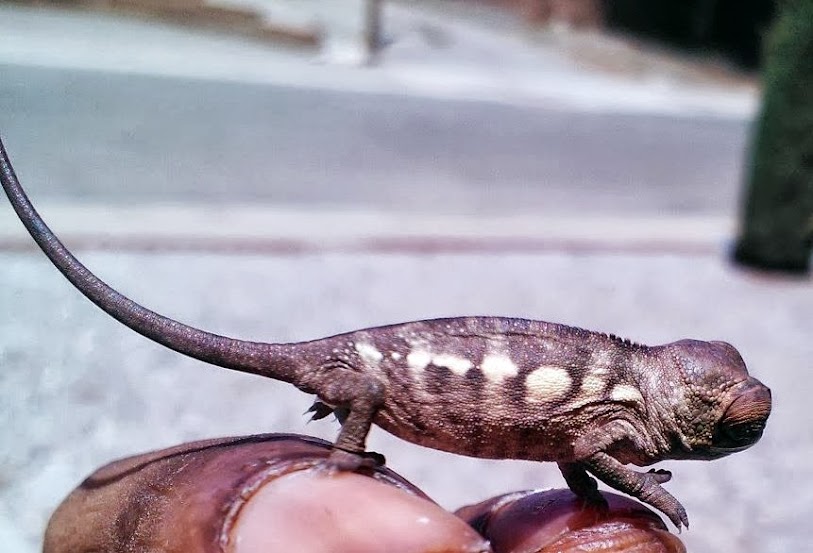djfishygillz
Avid Member
I think Ataraxia's point, and why he keeps having to repeat it, is that your experience is not the case here because no high D3 fortified supplements or gutload has been used by the OP, as she has stated several times. So with that excluded, edema in a neonate is very unusual because there isn't a history of long term underlying exposure that could have accumulated.
A congenital defect is most likely imo to see it this young.
I used flukers cricket diet with d3 as a last resort because I didn't have time to make a good gutload, in one week saw swelling with some babies. I stopped that crap diet of course and went back to the normal gutload and it went right away. So I second what ferret is saying. Very good point. Commercial diets have way to much d3 for any chameleons to be eating feeders gutloaded with it.









